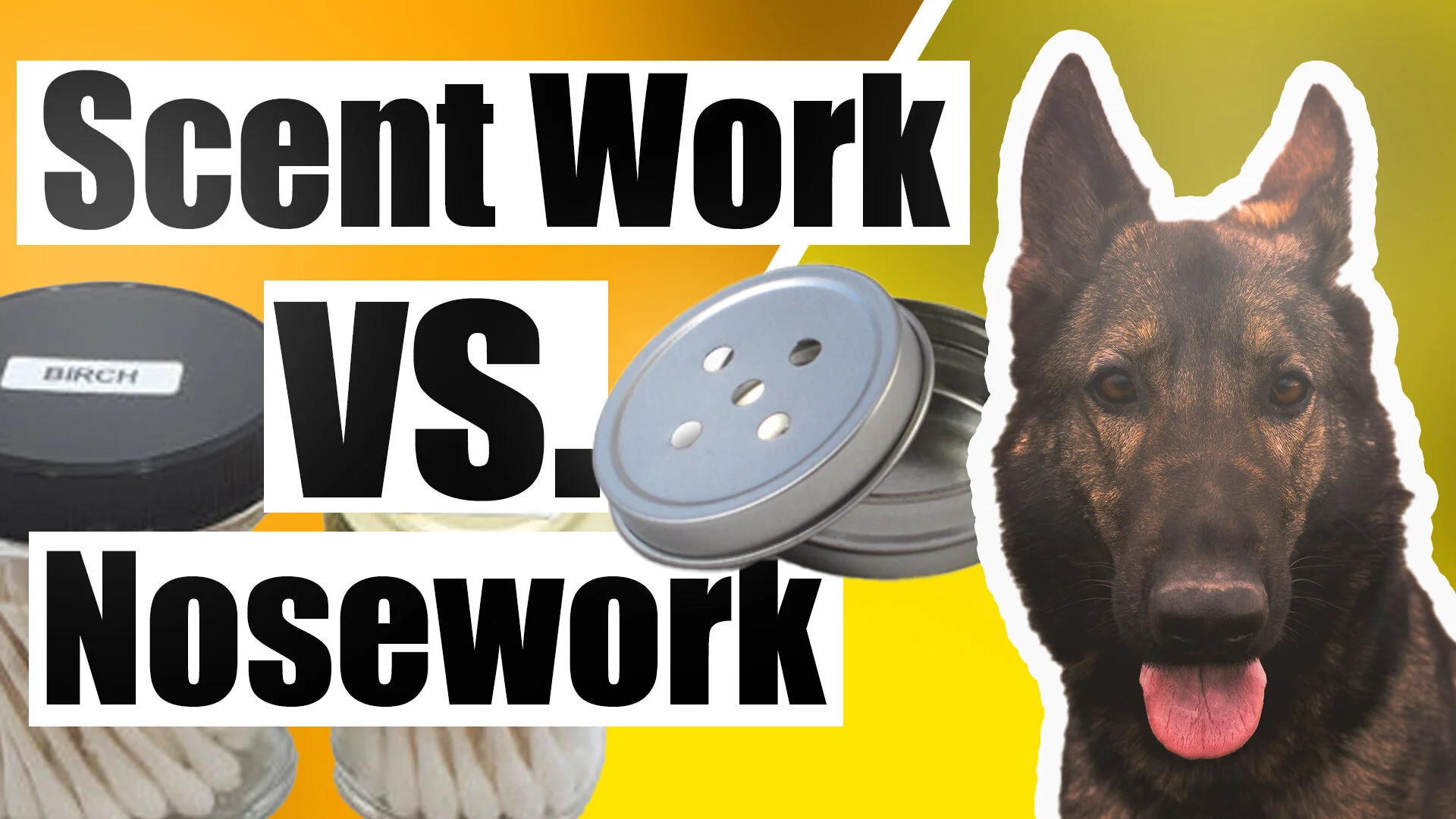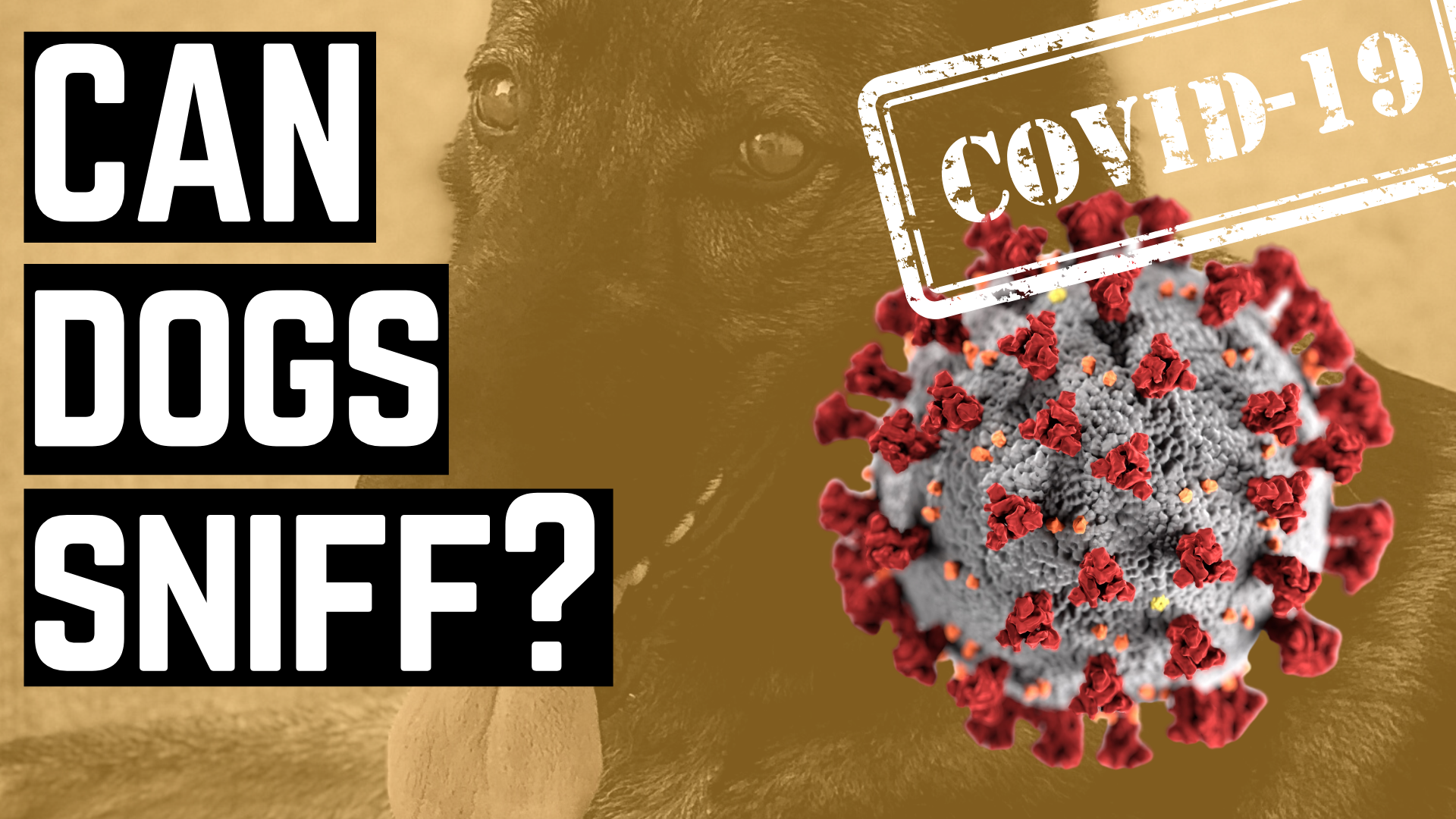How to Train Stickiness without Killing Drive (Advanced K9 Scent Work)
HIT PLAY OR READ THE POST BELOW:
WHAT IS A PASSIVE ALERT ANYWAY:
I recently had a client reach out asking me about how to train the passive alert indication with their dogs. The subject is a prevalent one, and I figured I would share my response to help others in their scent work/nose work journey and tag on a few drills one could use to train stickiness while patterning a behavior hierarchy that reinforces odor obedience.
Just remember one thing, don’t- kill- the- hunt- drive! In this article, I explain the prerequisites one should have down-packed before shaping a passive alert, how to train one, and why it may be a good idea to wait to introduce this behavior (pitfalls).
A passive alert is simply teaching your dog to do a behavior that is not “destructive when they find odor (i.e., something like sitting, lying down, or freezing in place (show a pointer dog). In contrast, an active alert is more like what we all have experienced with our dogs. Whether one recognizes it or not, it relies heavily on understanding the dog’s body language and cues (think barking, scratching, rapid tail wag, the ear twitch, etc.) - the handler must be very observant and read the signs appropriately. The tricky part is that, even in a passive alert scenario, the handler’s ability to read their dog is just as important.
So note, in the beginning, only train the passive alert with a known hide because, in a trial environment, handlers also need to be able to recognize a false alert based the dog’s behavior. If practicing without reading your dog, the handler is not setting themselves up for long-term success.
Prerequisites
Foundation (hunt drive…you have built value to odor, problem-solving ability)
Ability to read your dog
Easy known hides
Dog must understand the target odor (they know why the rewards are happening, so they train you)
Handlers must have a sense of timing with their reward system
Some tactical patience (success is by approximation at this point, build duration and distractions over time)
More often than not, beginner handlers focus on the end goal rather than the foundational steps of understanding a dog’s indication behaviors and start killing all the fun of the hunt with the passive alert. We want to show off to all our friends how cool our pups are with what is essentially an obedience behavior. Exercise some tactical patience to not take the “fun” or “drive” out of the search.
I often train the passive alert as a completely different activity. Hence, the dog understands that the indication, itself, is a behavior. It is distinct from finding the odor (This goes back to the hierarchy of behavior - finding the target odor is awesome but giving me some duration is excellent, and not coming off that odor, even with a million distractions present, is unbelievable. Dogs need to understand this and handlers need to consistently reinforce accordingly while shaping the desired end state.
How I Train This
Shaping the Behavior: One method I use is a combination of different drills to build the indication. I don’t overemphasize any one technique because I want to ensure my dog understands what we are going after. The first is a couple of shaping techniques using a bit of targeting and a jar-like container.
Intelligent Disobedience: A second method I use calls for the handler to teach the dog to refuse to leave the odor no matter what we say. I want to see my dog coming into the scent cone of target odor, then ignoring all other stimuli to get to the source odor, and then staying there and communicating back to me where it is via a passive alert. This training is a very sticky method since, I as the handler, can use this as a secondary reinforcer for myself to know that my dog has found target odor. Even when I pull on my dog’s leash and try to bring my dog off, he won’t budge. Mentally, I know, boom, this must be the one. Handlers can accomplish this by ceasing all motion when the dog leaves target odor and when the dog’s nose is on odor, reward with precision. Handlers have to balance when they’re delivering the reinforcer and when the dog is away from odor offer low level punish” i.e., freeze and do nothing, Again, the dog is teaching you how to do the right thing - Scent Work is a dog-lead activity.
Focused Attention: This last technique does not require much to execute and relies on the dog to get you to produce the response they want. Like shaping, somewhat, place the target odor on the ground, wait for your dog to engage with the odor with nose in target, and drop a treat for them to reward themselves. Most dogs will get the hang of this quickly (i.e., every time I place my nose on target odor, a treat falls to the ground). You slowly start adding a tad delay between nose on target and when the reward drops to build duration.
Alright, so now that you know a few ways one might teach it, why might one want to wait to place too much emphasis on this skill?
Why You Might Want to Wait on This One
Passive alert training can be a buzz kill. As a handler/dog team, I’ve spent all this time building up drive, tenacity, and search speed, and now I am asking my dog to go static. This training can often create frustrating behaviors with dogs in the early stages and increase false alerts, so you must build the early stages’ conditions for much success.
However much patience you think you need to train this, multiply that by infinity and surprise yourself. We need to build confidence in our dogs that specific behavior (find odor + passive indication) = huge payment; I just may have to wait a little longer and ignore anything else going on.
Hi, I’m Geryah! I am a dog lover and enthusiast whose life is enriched every day by the company of my furry friend. I started training dogs in 2017, when I decided to make my passion a reality. I film, edit, and post training and pet photography videos with my GSD, Disney on my YouTube Channel: Dingle Days. My mission is to train dogs and teach people to enable pets to best share in our lives.

![[Original size] Untitled.png](https://images.squarespace-cdn.com/content/v1/5a31b93c9f07f504e0f6bb7a/1619339892016-8ZOLPF9S51HOX6O3JPZ2/%5BOriginal+size%5D+Untitled.png)









Geryah interviews Dianna Santos of cyberscentwork.com on how to get started with cyber scent work with any dog.